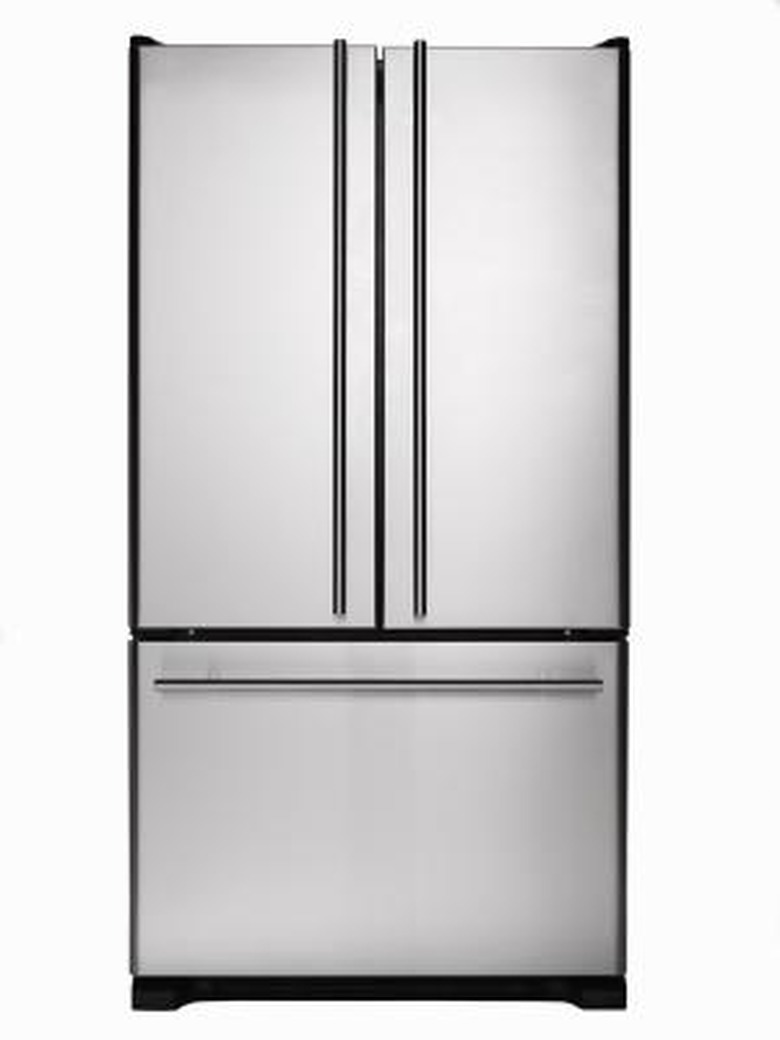Properties Of & Uses For 8620 Grade Steel
The steel alloy of grade 8620 is also called nickel-chromium-molybdenum steel. It is a sturdy alloy, largely composed of carbon, with many uses in the manufacturing trades. Properly hardened and formed, it can be used to make hard-wearing machine parts.
Composition
Composition
8620 alloy steel is composed of (in descending order of percentage) iron, carbon, silicon, molybdenum, manganese, nickel, chromium, sulphur and phosphorus. These ingredient elements must be within certain weight percentages to create the 8620 alloy. It is recommended that the steel be hardened by carburization followed by an oil, as opposed to water, quench. It has a fairly average density for steel alloys at .28 lb. per square inch, although its tensile strength — the amount of weight that it can hold before breaking — is low, at 536.4 Mpa. The average tensile strength of steel alloys is 758 to 1882 Mpa. It should be forged at 2,200 degrees Fahrenheit, and melts at 2,600 degrees Fahrenheit. It is not very efficient at transmitting heat, and does not deform easily under low heat.
Uses
Uses
When the 8620 alloy is properly carburized — heated to a set temperature and then exposed to an agent containing carbon, a process which adds an extra layer of carbon to the outside of the steel, thereby making it stronger — it is used to make such machine parts as gears, crankshafts, and gear rings. Carburized 8620 alloy is strong and durable, which is why it is preferred for these parts.
Working
Working
Steel of an 8620 alloy can be worked into shape through pounding, rolling or bending prior to carburizing, although after carburizing it is recommended only finish machining (such as polishing) be done to prevent weakening the outer layers of the steel. Extensive carving on the surface could remove the extra layers of carbon, leaving the worked part weak.
Welding
Welding
Some pieces made of the alloy are either too intricately shaped or large to be made out of one piece of steel. In these cases, arc welding may be used on 8620 alloy steel. It is recommended that the piece itself be heated before and after welding, in order to strengthen the seams.
Cite This Article
MLA
Mitchell, Kaite. "Properties Of & Uses For 8620 Grade Steel" sciencing.com, https://www.sciencing.com/properties-uses-8620-grade-steel-7966735/. 24 April 2017.
APA
Mitchell, Kaite. (2017, April 24). Properties Of & Uses For 8620 Grade Steel. sciencing.com. Retrieved from https://www.sciencing.com/properties-uses-8620-grade-steel-7966735/
Chicago
Mitchell, Kaite. Properties Of & Uses For 8620 Grade Steel last modified March 24, 2022. https://www.sciencing.com/properties-uses-8620-grade-steel-7966735/
